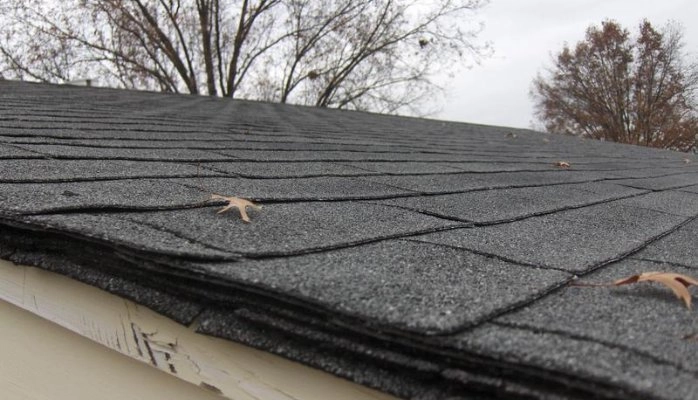Maintaining a sturdy and leak-free roof is crucial for the overall health and safety of any structure. When faced with roofing issues, homeowners often wonder if they can simply repair their roofs by adding another layer of shingles. In this article, we will explore whether it is possible to repair a roof with two layers of shingles. We will delve into the advantages and disadvantages of this approach, potential challenges that may arise, and alternative solutions to consider.

Understanding the Pros and Cons of Layering Shingles
Adding a second layer of shingles to a roof can seem like a convenient solution, especially if the existing shingles are worn or damaged. However, it is important to weigh the pros and cons before proceeding.
Pros:
1. Cost-effective: Layering shingles can be more affordable than a complete roof replacement, as it eliminates the need for extensive labor and material costs associated with removing the old shingles.
2. Time-saving: Installing a second layer of shingles is generally quicker than a full roof replacement, allowing for faster repairs and reduced disruption to the household.
3. Extra protection: The additional layer of shingles can provide enhanced protection against leaks, weather damage, and UV rays.
Cons:
1. Increased weight: Adding another layer of shingles adds significant weight to the roof structure. This can put excess stress on the trusses, rafters, and the overall integrity of the roof, potentially leading to structural problems in the long run.
2. Reduced lifespan: Layering shingles can shorten the lifespan of the new shingles. The bottom layer may not be able to dissipate heat and moisture effectively, leading to premature deterioration.
3. Aesthetics and curb appeal: Multiple layers of shingles can make the roof appear bulky and unattractive. This can negatively impact the overall curb appeal and resale value of the property.
Challenges and Considerations
While adding a second layer of shingles may offer some benefits, there are important challenges and considerations to keep in mind.
1. Local building codes: Before considering this approach, it is crucial to check local building codes and regulations. Some areas may prohibit or restrict the installation of multiple layers of shingles due to safety concerns or weight restrictions.
2. Roofing material compatibility: Layering shingles works best when the new shingles are compatible with the existing ones. Different types of shingles may not bond well together, compromising their overall effectiveness.
3. Roof condition and structural stability: It is essential to assess the current condition of the roof and its structural stability before opting for a second layer. If the roof deck or underlying structure is compromised, layering shingles will not address the underlying issues.
Exploring Alternative Solutions
While layering shingles may seem like an easy fix, alternative solutions should be considered for long-term durability and safety.
1. Complete roof replacement: If the existing roof is nearing the end of its lifespan or has significant damage, a complete replacement might be the best option. This ensures a fresh start with a new, properly installed roof that will provide lasting protection.
2. Roof repair: In cases where the damage is localized or limited to specific areas, roof repair may be a more cost-effective solution. Repairing damaged shingles, fixing leaks, or reinforcing weak areas can extend the life of the roof without the need for a full replacement.
Conclusion:
In conclusion, while it is technically possible to repair a roof with two layers of shingles, there are important considerations to keep in mind. Layering shingles can offer some benefits, such as cost savings and quicker repairs, but it also comes with drawbacks, including added weight and reduced lifespan. It is essential to assess the structural integrity of the roof



Leave a Reply